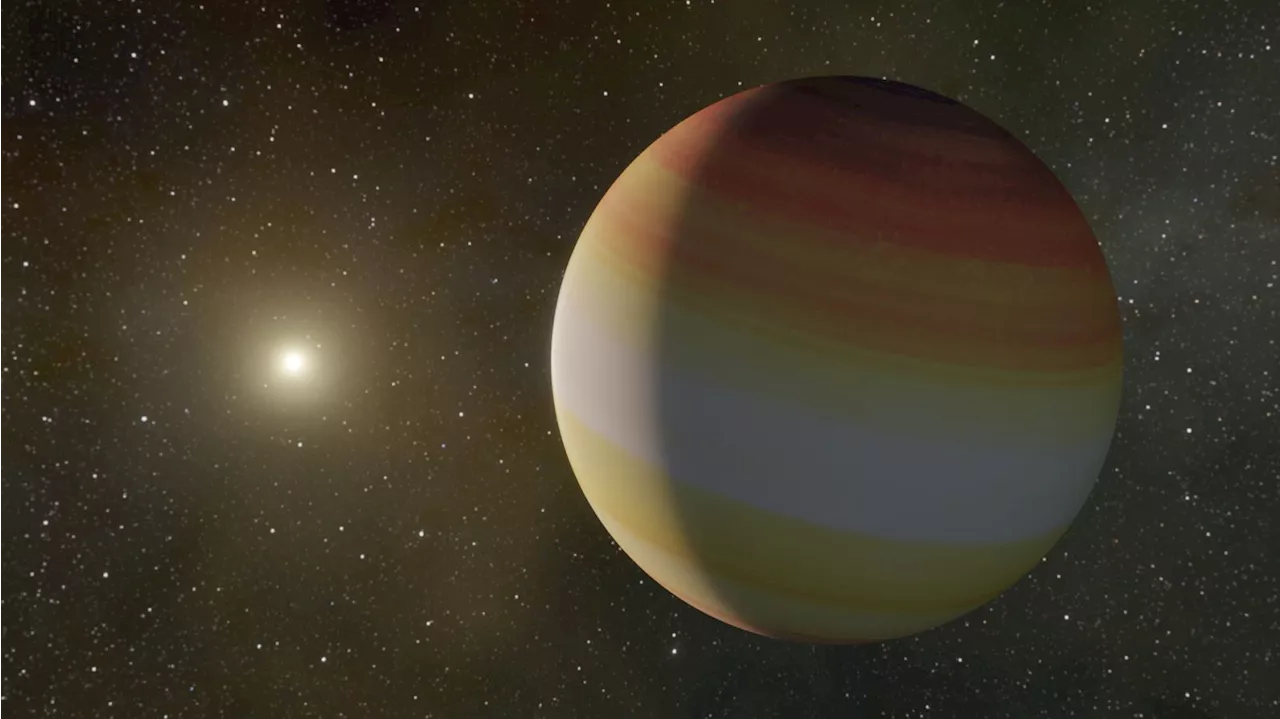Astronomers observed ancient quasars that appear to be surprisingly alone in the early universe. The findings challenge physicists' understanding of how such luminous objects could have formed so early on in the universe, without a significant source of surrounding matter to fuel their growth.
The quasars appear to have few cosmic neighbors, raising questions about how they first emerged more than 13 billion years agoAstronomers observed ancient quasars that appear to be surprisingly alone in the early universe. The findings challenge physicists' understanding of how such luminous objects could have formed so early on in the universe, without a significant source of surrounding matter to fuel their growth.
The astronomers used NASA's James Webb Space Telescope to peer back in time, more than 13 billion years, to study the cosmic surroundings of five known ancient quasars. They found a surprising variety in their neighborhoods, or"quasar fields." While some quasars reside in very crowded fields with more than 50 neighboring galaxies, as all models predict, the remaining quasars appear to drift in voids, with only a few stray galaxies in their vicinity.
There is a possibility that these quasars may not be as solitary as they appear, but are instead surrounded by galaxies that are heavily shrouded in dust and therefore hidden from view. Eilers and her colleagues hope to tune their observations to try and see through any such cosmic dust, in order to understand how quasars grew so big, so fast, in the early universe.
The telescope also took measurements of light in multiple wavelengths across each quasar's field, which the team then processed to determine whether a given object in the field was light from a neighboring galaxy, and how far a galaxy is from the much more luminous central quasar. "The cosmic web of dark matter is a solid prediction of our cosmological model of the Universe, and it can be described in detail using numerical simulations," says co-author says Elia Pizzati, a graduate student at Leiden University."By comparing our observations to these simulations, we can determine where in the cosmic web quasars are located."
The team's findings may raise more questions than answers. The"lonely" quasars appear to live in relatively empty regions of space. If physicists' cosmological models are correct, these barren regions signify very little dark matter, or starting material for brewing up stars and galaxies. How, then, did extremely bright and massive quasars come to be?
Astrophysics Astronomy Galaxies Big Bang Cosmology Dark Matter Cosmic Rays
United States Latest News, United States Headlines
Similar News:You can also read news stories similar to this one that we have collected from other news sources.
 Gravitational Waves Will Give Astronomers a new way to Look Inside Neutron StarsSpace and astronomy news
Gravitational Waves Will Give Astronomers a new way to Look Inside Neutron StarsSpace and astronomy news
Read more »
 Astronomers Have Found a Star with a Hot Jupiter and a Cold Super Jupiter in OrbitSpace and astronomy news
Astronomers Have Found a Star with a Hot Jupiter and a Cold Super Jupiter in OrbitSpace and astronomy news
Read more »
 Astronomers Discover a Cold Super-Jupiter Orbiting HD 118203An international team of astronomers has announced the discovery of a new exoplanet in the HD 118203 system: a super-Jupiter with a wide orbit around its star. This 'Cold Super-Jupiter' joins an existing hot Jupiter that orbits very closely to its parent star.
Astronomers Discover a Cold Super-Jupiter Orbiting HD 118203An international team of astronomers has announced the discovery of a new exoplanet in the HD 118203 system: a super-Jupiter with a wide orbit around its star. This 'Cold Super-Jupiter' joins an existing hot Jupiter that orbits very closely to its parent star.
Read more »
 Astronomers detect hundreds of supernova remnants using novel methodUsing a new method exploiting the capabilities of the Multi Unit Spectroscopic Explorer (MUSE), astronomers have detected 307 new supernova remnants, including seven rare oxygen-rich ones. The finding was presented in a research paper published September 10 on the preprint server arXiv.
Astronomers detect hundreds of supernova remnants using novel methodUsing a new method exploiting the capabilities of the Multi Unit Spectroscopic Explorer (MUSE), astronomers have detected 307 new supernova remnants, including seven rare oxygen-rich ones. The finding was presented in a research paper published September 10 on the preprint server arXiv.
Read more »
 Astronomers' new technique measures temperature of a star with high precisionAstronomers study stars by looking at the different colors of light they emit—colors they capture and analyze using spectroscopy.
Astronomers' new technique measures temperature of a star with high precisionAstronomers study stars by looking at the different colors of light they emit—colors they capture and analyze using spectroscopy.
Read more »
 Astronomers Unveil the Most Exquisite Cosmic Microscope Predicted by EinsteinGravitational lenses bend and focus light from the more distant cosmos, offering astronomers a cheat code for chronicling the history of the universe.
Astronomers Unveil the Most Exquisite Cosmic Microscope Predicted by EinsteinGravitational lenses bend and focus light from the more distant cosmos, offering astronomers a cheat code for chronicling the history of the universe.
Read more »
